Last Updated on: 20th October 2020, 05:27 pm
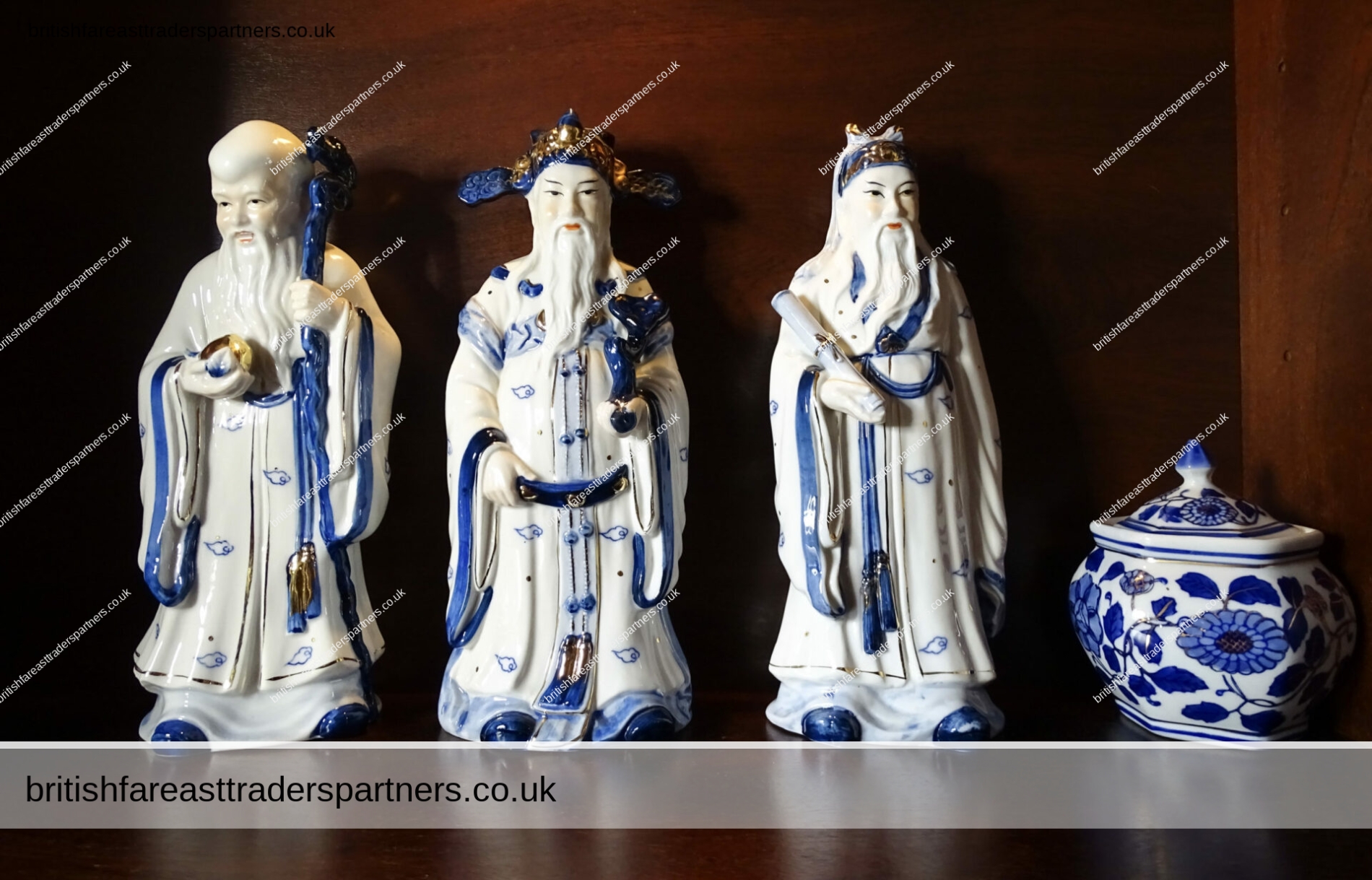
THE SANXING CHINESE GODS OF THREE STARS :
SHOU (LONGEVITY) ,
LU (PROSPERITY) ,
FU (FORTUNE) :
THREE BEARDED OLD WISE MEN
OF MING DYNASTY
REPRESENTING THE THREE
ATTRIBUTES OF A GOOD LIFE.
BLUE, WHITE, GOLD PORCELAIN
RAMINDO COLLECTION
The Sanxing (三星 “Three Stars”) are the gods of the three stars or constellations
considered essential in Chinese astrology and mythology:
Jupiter, Ursa Major, and Canopus.
Fu, Lu, and Shou
(simplified Chinese: 福禄寿; traditional Chinese: 福祿壽;
pinyin: Fú Lù Shòu; Cantonese Yale: Fūk Luhk Sauh), or Cai, Zi and Shou (財子壽)
are also the embodiments of Fortune (Fu), presiding over plant Jupiter,
Prosperity (Lu), presiding over Ursa Major,
and Longevity (Shou), presiding over Canopus.
They have emerged from Chinese folk religion.
Their iconic representation as three, old, bearded, wise men dates back to the Ming dynasty,[1]
when the gods of the three stars were represented in human form for the first time.
They are sometimes identified with other deities of the Chinese religion or of Taoism.
The term is commonly used in Chinese culture
to denote the three attributes of a good life.
Statues of these three gods are found on the facades of folk religion’s temples
and ancestral shrines, in nearly every Chinese home
and many Chinese-owned shops on small altars with a glass of water,
an orange or other auspicious offerings,
especially during Chinese New Year.
Traditionally, they are arranged right to left
(so Shou is on the left of the viewer, Lu in the middle, and Fu on the far right),
just as Chinese characters are traditionally written from right to left.[2]
Fuxing
The star of Fu (福), Fuxing 福星, refers to the planet Jupiter.
In traditional astrology, the planet Jupiter was believed to be auspicious.
Alternatively, according to a Taoist myth of the Ming dynasty,
the Fu star is associated with Yang Cheng (楊成)[3],
a governor of Daozhou in Tang Dynasty.
Yang Cheng risked his life by writing a memorial
to the emperor to save the people from presenting dwarf slaves
as the special tribute to the imperial court.
After his death, the people built a temple to commemorate him,
and over time he came to be considered the personification of good fortune.
He is generally depicted in scholar’s dress,
holding a scroll, on which is sometimes written the character “Fu”.
He may also be seen holding a child, or surrounded by children.
He is sometimes conflated with Caishen, the “Wealth God”.
Luxing
The star of Lu (祿), Luxing 祿星, is Mizar (ζ Ursa Majoris), or,
in traditional Chinese astronomy,
the sixth star in the Wenchang cluster, and like the Fu star came to be personified.[citation needed]
The Lu star is believed to be Zhang Xian who lived during the Later Shu dynasty.
The word lu specifically refers to the salary of a government official.
As such, the Lu star is the star of prosperity, rank, and influence.
The Lu star was also worshipped separately
from the other two as the deity dictating one’s success in the imperial examinations,
and therefore success in the imperial bureaucracy.
The Lu star is usually depicted in the dress of a mandarin.
Shouxing
The star of Shou (壽), Shouxing 壽星, is α Carinae (Canopus),
the star of the south pole in Chinese astronomy,
and is believed to control the life spans of mortals.
According to legend, he was carried in his mother’s womb for ten years
before being born, and was already an old man when delivered.
He is recognized by his high, domed forehead
and the peach which he carries as a symbol of immortality.
The longevity god is usually shown smiling and friendly,
and he may sometimes be carrying a gourd filled with the elixir of life.
He is sometimes conflated with Laozi
and corresponding gods of Taoist theology.
Text is available under the Creative Commons Attribution-ShareAlike License;
additional terms may apply.

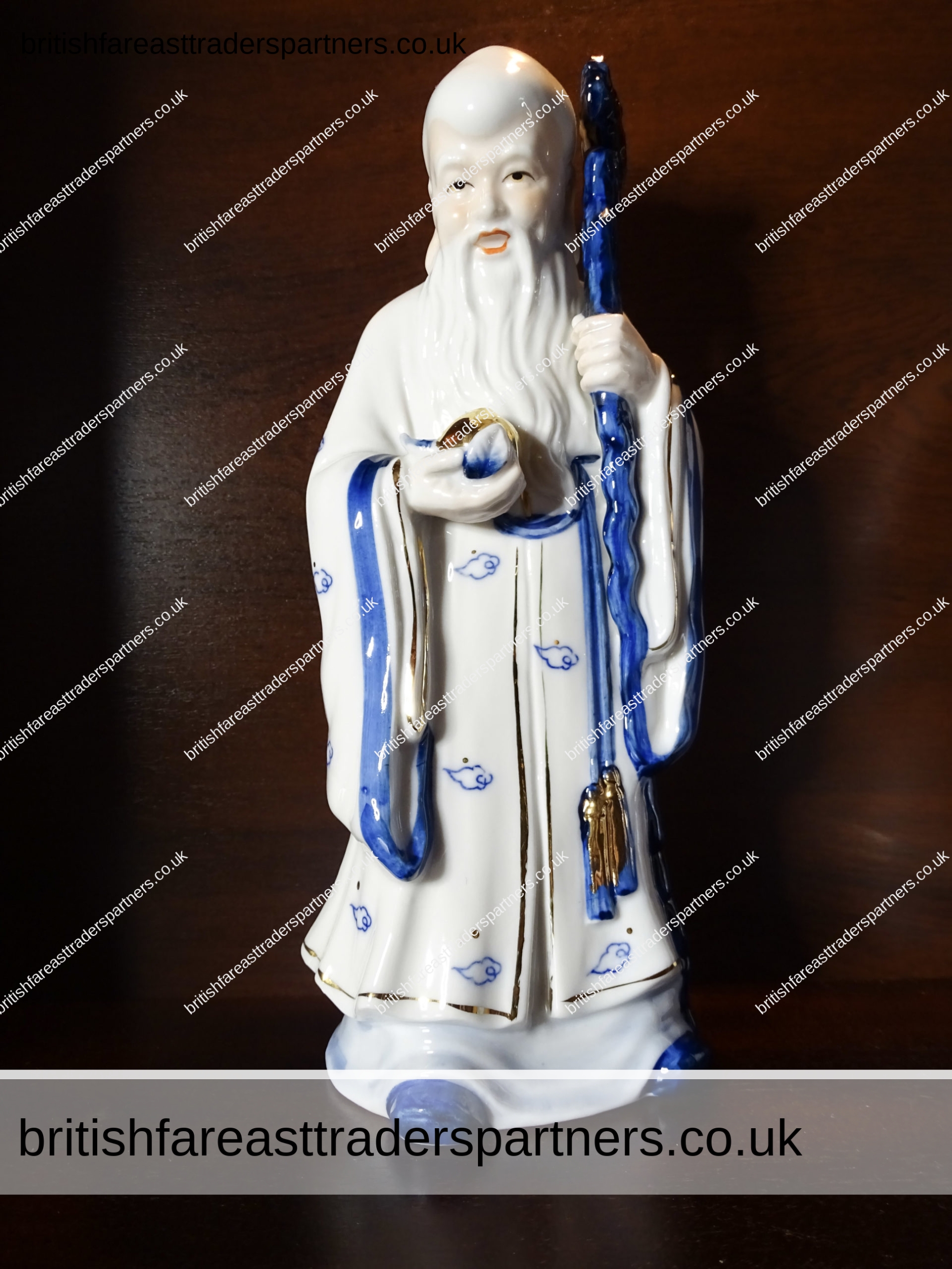
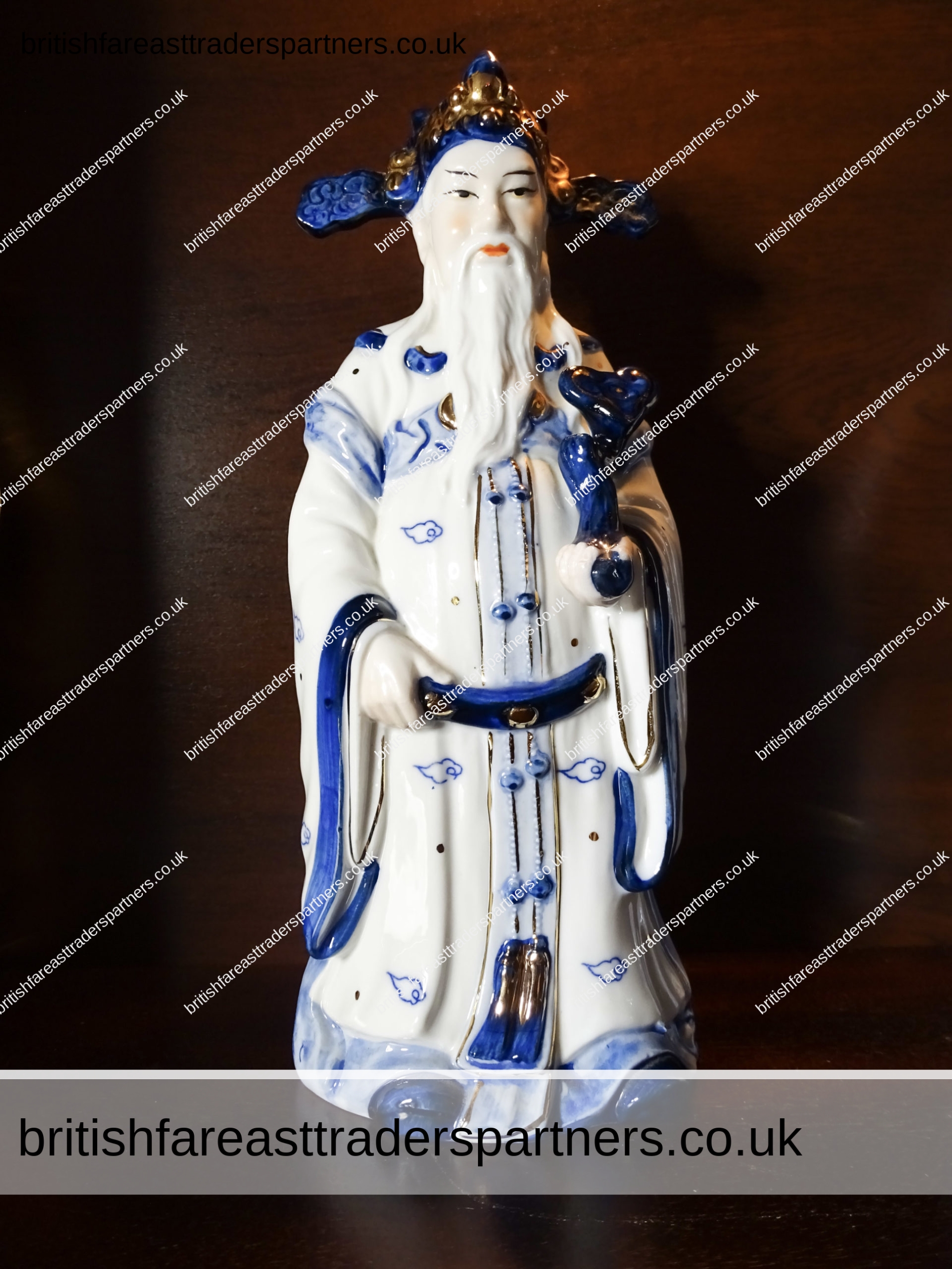
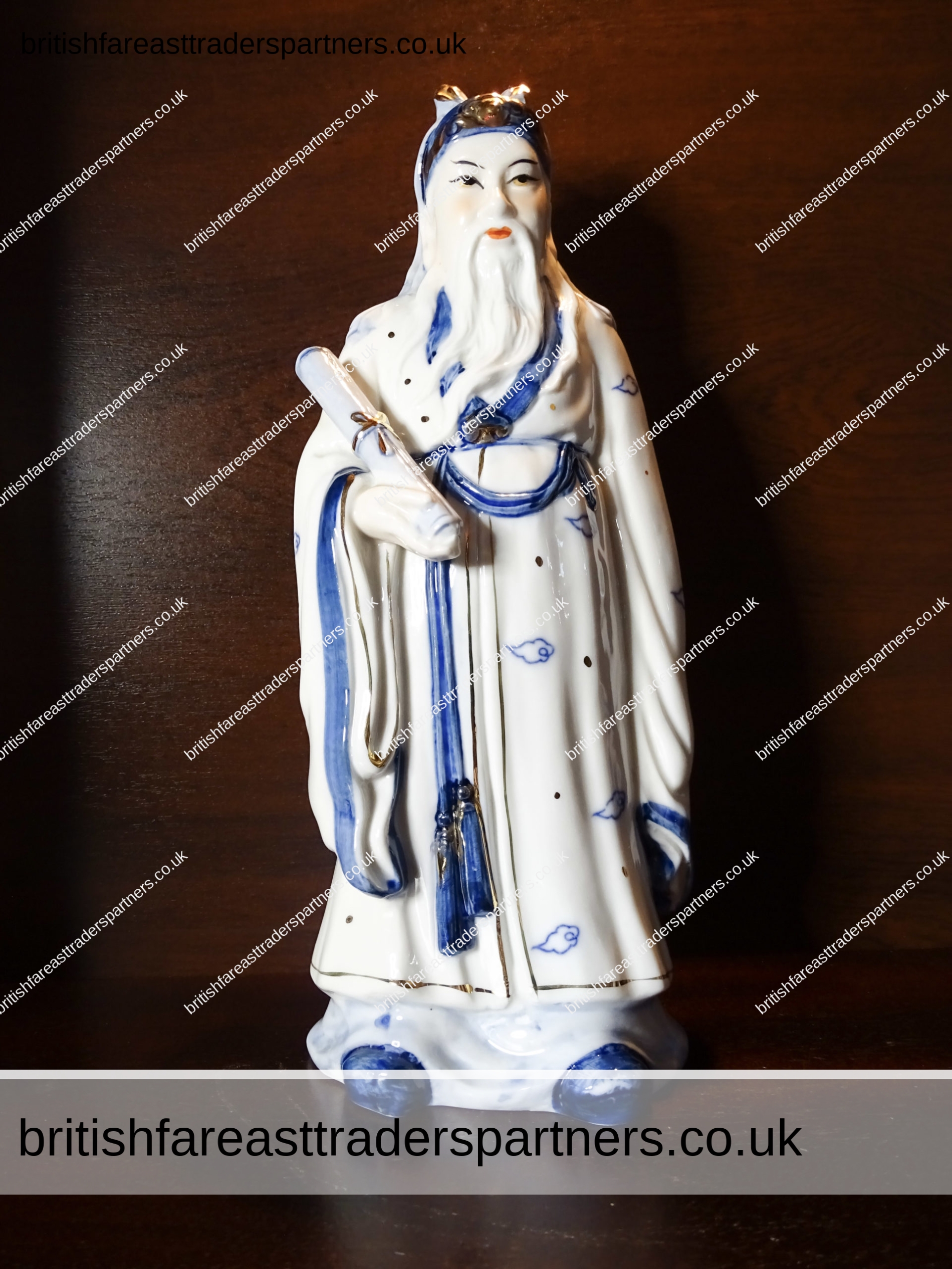
BRITISH & FAR EAST TRADERS LIFESTYLE & SHOPPING BLOG RELATED POSTS:
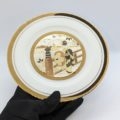 VINTAGE JAPANESE “The Art of Chokin” 24KT GOLD EDGED GEISHA DECORATIVE PLATE
VINTAGE JAPANESE “The Art of Chokin” 24KT GOLD EDGED GEISHA DECORATIVE PLATE
 VINTAGE / ANTIQUE A MERRY CHRISTMAS AND A HAPPY NEW YEAR WILDT & KRAY LONDON PRINTED IN BAVARIA COLLECTABLES GREETING CARDS
VINTAGE / ANTIQUE A MERRY CHRISTMAS AND A HAPPY NEW YEAR WILDT & KRAY LONDON PRINTED IN BAVARIA COLLECTABLES GREETING CARDS
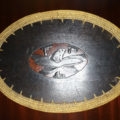 VINTAGE Hand Made (CARVED + WOVEN) Wood + Rattan Lombok Island, BALI, INDONESIA OVAL BASKET LID / PLATE ART FROG & LEAF Motif with VENT
VINTAGE Hand Made (CARVED + WOVEN) Wood + Rattan Lombok Island, BALI, INDONESIA OVAL BASKET LID / PLATE ART FROG & LEAF Motif with VENT
 ANTIQUE ‘BOY WITH DOG’ by J.B.C. GREUZE CONNOISSEUR MAGAZINE LONDON PRINT
ANTIQUE ‘BOY WITH DOG’ by J.B.C. GREUZE CONNOISSEUR MAGAZINE LONDON PRINT
 BRITISH & FAR EAST TRADERS & PARTNERS: COFFEE TIME
BRITISH & FAR EAST TRADERS & PARTNERS: COFFEE TIME
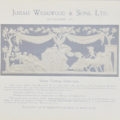 ANTIQUE “SELENE VISITING ENDYMION” WEDGWOOD PRINT THE CONNOISSEUR MAGAZINE
ANTIQUE “SELENE VISITING ENDYMION” WEDGWOOD PRINT THE CONNOISSEUR MAGAZINE
 ANTIQUE “OLD MAN BOY SAILBOATS SUNSET Scene” SEASCAPES GERMANY POSTCARD
ANTIQUE “OLD MAN BOY SAILBOATS SUNSET Scene” SEASCAPES GERMANY POSTCARD
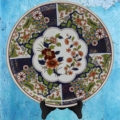 VINTAGE JAPANESE ASIAN ORIENTAL IMARI Florals & Gilt DECORATIVE PLATE
VINTAGE JAPANESE ASIAN ORIENTAL IMARI Florals & Gilt DECORATIVE PLATE
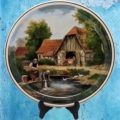 VINTAGE “VILLAGE LIFE’ “WASHING DAY” by ELIZABETH PAETZ- KALICH COLLECTOR PLATE
VINTAGE “VILLAGE LIFE’ “WASHING DAY” by ELIZABETH PAETZ- KALICH COLLECTOR PLATE
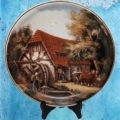 VINTAGE “VILLAGE LIFE’ “WATERMILL” by ELIZABETH PAETZ- KALICH COLLECTOR PLATE
VINTAGE “VILLAGE LIFE’ “WATERMILL” by ELIZABETH PAETZ- KALICH COLLECTOR PLATE
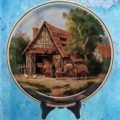 VINTAGE “Village Life” BLACKSMITH by Elizabeth Paetz-Kalich COLLECTOR PLATE
VINTAGE “Village Life” BLACKSMITH by Elizabeth Paetz-Kalich COLLECTOR PLATE
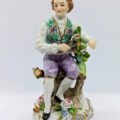 VINTAGE SITZENDORF Germany Man Pruning Flowers PORCELAIN FIGURINE
VINTAGE SITZENDORF Germany Man Pruning Flowers PORCELAIN FIGURINE
 ANTIQUE French PIERRE DU BOIS Oil on Canvas IMPRESSIONIST Landscape PAINTING
ANTIQUE French PIERRE DU BOIS Oil on Canvas IMPRESSIONIST Landscape PAINTING
 LOT of 5 Horses Equestrian Hunting Countryside Scenes PAINTINGS TATE Gallery Prints: HENRY THOMAS ALKEN JAMES SEYMOUR JOHN FREDERICK HERRING, SNR GEORGE STUBBS
LOT of 5 Horses Equestrian Hunting Countryside Scenes PAINTINGS TATE Gallery Prints: HENRY THOMAS ALKEN JAMES SEYMOUR JOHN FREDERICK HERRING, SNR GEORGE STUBBS
 VINTAGE Cute Palm Size “ENGLISH SETTER” CERAMIC POTTERY FIGURINE DOG
VINTAGE Cute Palm Size “ENGLISH SETTER” CERAMIC POTTERY FIGURINE DOG
 FINSBURY FINE BONE CHINA “THE CORNFIELD” by JOHN CONSTABLE COLLECTOR PLATE
FINSBURY FINE BONE CHINA “THE CORNFIELD” by JOHN CONSTABLE COLLECTOR PLATE
 VINTAGE SUPERMARINE SPITFIRE WW2 BRITISH SINGLE-SEAT FIGHTER AIRCRAFT PRINT
VINTAGE SUPERMARINE SPITFIRE WW2 BRITISH SINGLE-SEAT FIGHTER AIRCRAFT PRINT
 VINTAGE RAPHAEL TUCK & SONS “GOLD FRAMED SEPIA” POSTCARD NO. 1309 NORWICH CATHEDRAL , ENGLAND TOPOGRAPHICAL POSTCARD RAPHAEL TUCK & SONS | CATHEDRALS | BRITISH | HERITAGE | TOPOGRAPHY | HIGHLY COLLECTABLE
VINTAGE RAPHAEL TUCK & SONS “GOLD FRAMED SEPIA” POSTCARD NO. 1309 NORWICH CATHEDRAL , ENGLAND TOPOGRAPHICAL POSTCARD RAPHAEL TUCK & SONS | CATHEDRALS | BRITISH | HERITAGE | TOPOGRAPHY | HIGHLY COLLECTABLE
 VINTAGE FRAMED PRINT OF AN EARLY ENGLISH TOWN SCENE FEATURING HORSE-DRAWN CARRIAGES, SHOPS, PERIOD FASHION, AND PEOPLE GOING ABOUT THEIR DAILY BUSINESS
VINTAGE FRAMED PRINT OF AN EARLY ENGLISH TOWN SCENE FEATURING HORSE-DRAWN CARRIAGES, SHOPS, PERIOD FASHION, AND PEOPLE GOING ABOUT THEIR DAILY BUSINESS
 COLLECTABLE PORCELAIN NEW BONE CHINA MUG JAN PASHLEY DOG DESIGN COLLECTABLES | KITCHEN & HOME | DINNERWARE & SERVEWARE | MUGS CUTE | ANIMALS | DOGS
COLLECTABLE PORCELAIN NEW BONE CHINA MUG JAN PASHLEY DOG DESIGN COLLECTABLES | KITCHEN & HOME | DINNERWARE & SERVEWARE | MUGS CUTE | ANIMALS | DOGS
 COLLECTABLE PORCELAIN NEW BONE CHINA MUG SEASIDE SEAGULL BUOY NAUTICAL DESIGN COLLECTABLES | KITCHEN & HOME | DINNERWARE & SERVEWARE | MUGS CUTE | ANIMALS | BIRDS | SEAGULL | SEA | NAUTICAL
COLLECTABLE PORCELAIN NEW BONE CHINA MUG SEASIDE SEAGULL BUOY NAUTICAL DESIGN COLLECTABLES | KITCHEN & HOME | DINNERWARE & SERVEWARE | MUGS CUTE | ANIMALS | BIRDS | SEAGULL | SEA | NAUTICAL
 COLLECTABLE PORCELAIN NEW BONE CHINA MUG PAMPAS GRASS COSY CREAM NEUTRALS COLLECTABLES | KITCHEN & HOME | DINNERWARE & SERVEWARE | MUGS CUTE | PAMPAS GRASS | NEUTRALS
COLLECTABLE PORCELAIN NEW BONE CHINA MUG PAMPAS GRASS COSY CREAM NEUTRALS COLLECTABLES | KITCHEN & HOME | DINNERWARE & SERVEWARE | MUGS CUTE | PAMPAS GRASS | NEUTRALS
 COLLECTABLE PORCELAIN PORTSIDE SEASIDE BEACH HOUSE NAUTICAL DESIGN COLLECTABLES | KITCHEN & HOME | DINNERWARE & SERVEWARE | MUGS CUTE | BEACH HOUSE | PORTSIDE | SEASIDE | SEA | NAUTICAL
COLLECTABLE PORCELAIN PORTSIDE SEASIDE BEACH HOUSE NAUTICAL DESIGN COLLECTABLES | KITCHEN & HOME | DINNERWARE & SERVEWARE | MUGS CUTE | BEACH HOUSE | PORTSIDE | SEASIDE | SEA | NAUTICAL
 VINTAGE SUPERMARINE SPITFIRE WW2 BRITISH FIGHTER AIRCRAFT 10 X 8 PRINT
VINTAGE SUPERMARINE SPITFIRE WW2 BRITISH FIGHTER AIRCRAFT 10 X 8 PRINT
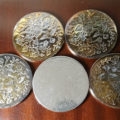 VINTAGE Mixed Lot of 5 Polished Silver Plated / Brass Metallic Coasters Florals + Bird Designs Approx. 9 cm Diameter
VINTAGE Mixed Lot of 5 Polished Silver Plated / Brass Metallic Coasters Florals + Bird Designs Approx. 9 cm Diameter
 SOTHEBY’S 1999 The Country House Sale Auction Catalogue 9 PROPERTIES 1283 LOTS
SOTHEBY’S 1999 The Country House Sale Auction Catalogue 9 PROPERTIES 1283 LOTS
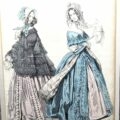 ANTIQUE “ANDREAS GEIGER” Modebilder zur Theaterzeitung (Aus Paris) No. 606 PRINT
ANTIQUE “ANDREAS GEIGER” Modebilder zur Theaterzeitung (Aus Paris) No. 606 PRINT
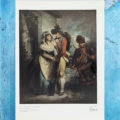 ANTIQUE ‘THE SOLDIER’S DEPARTURE’ G. Morland CONNOISSEUR MAGAZINE LONDON PRINT
ANTIQUE ‘THE SOLDIER’S DEPARTURE’ G. Morland CONNOISSEUR MAGAZINE LONDON PRINT
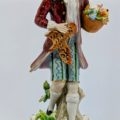 VINTAGE SITZENDORF Germany BAROQUE Young Man Basket Flowers PORCELAIN FIGURINE
VINTAGE SITZENDORF Germany BAROQUE Young Man Basket Flowers PORCELAIN FIGURINE
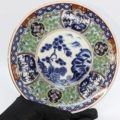 VINTAGE JAPANESE IMARI Style CHINESE ORIENTAL DECORATIVE PLATE
VINTAGE JAPANESE IMARI Style CHINESE ORIENTAL DECORATIVE PLATE
